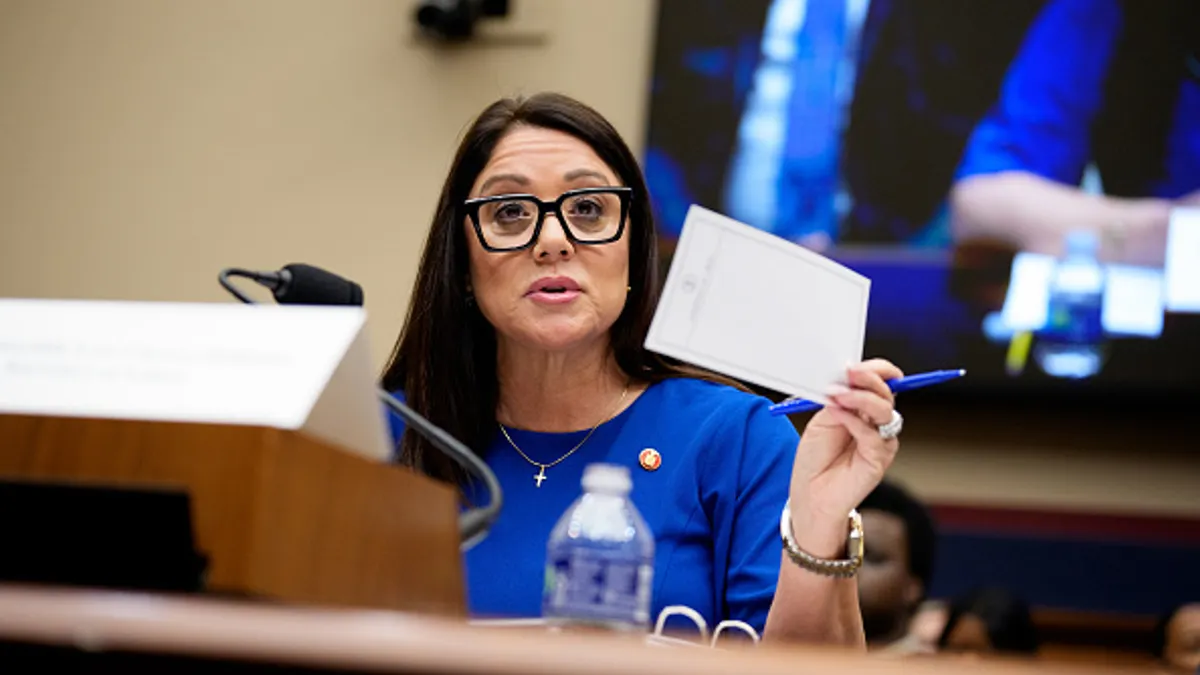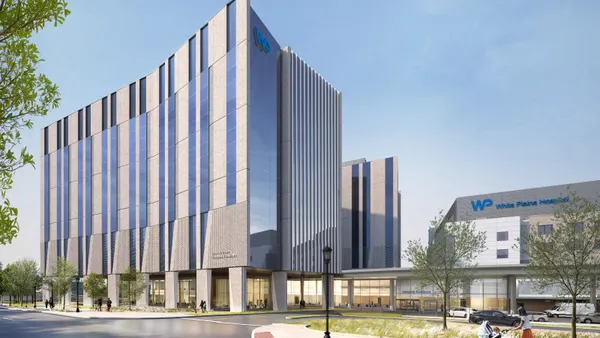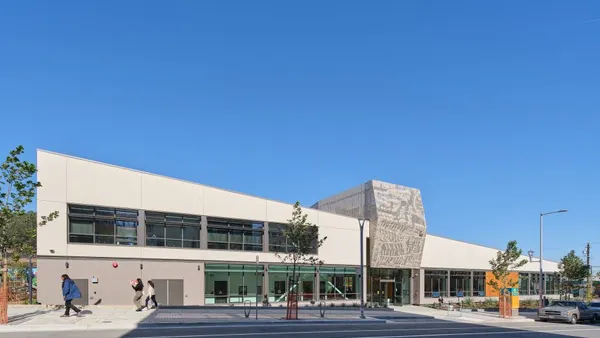Dive Brief:
- New research quantifies the level of discrimination that people of color and women workers experience in the commercial and residential building industries.
- Seventy-two percent of Black or African-American respondents and 66% of women respondents to a National Institute of Building Sciences survey said they have experienced discrimination or prejudice while at work. People from other non-White groups also indicated encountering similar attitudes.
- Many of the people of color and women respondents stated they have to work harder than others to be valued in their roles in the commercial and residential building industries, according to the study by research firm Avenue M. Many people in these groups also do not believe they have equitable opportunities to advance their careers.
Dive Insight:
Respondents from other minority groups in the construction workforce that said they have experienced discrimination or prejudice were:
- 48% of East and South Asian respondents.
- 43% of Native American, Alaskan Native, or First Nations respondents.
- 41% of Hispanic or Latinx respondents.
- 35% of Middle Eastern or North African respondents.
Until now, reports of racism and discrimination in the construction industry have been largely anecdotal. The study will help NIBS and its stakeholders to quantify the problem and identify where work is needed, according to a press release.
To follow up on the results, NIBS recently convened an executive Social Equity Roundtable made up of dozens of building industry leaders focused on improving diversity, equity and inclusion in the built environment. The goal of this and other recent meetings was to discuss workforce, industry sustainability, review data and best practices, and partnerships, according to a NIBS press release shared with Construction Dive.
At a December executive roundtable on the topic, NIBS CEO Lakisha A. Woods referenced race and gender data on board seats held at Fortune 500 companies, which showed that 66% of seats were occupied by white men, and 18% of board seats were held by white women in 2018. Just 12% and 4% of seats were held by men and women of color, respectively.
"If the Fortune 500 companies have such a challenge with diversity — we have some work to do," she said. "The building industry has far greater diversity challenges."
To address social equity, diversity and inclusion, executives at the July meeting shared what their organizations have done to meet these challenges. They include:
- Analyzing board of direction makeup and making changes to reflect the local community.
- Engaging external consultants to address diversity, equity and inclusion concerns.
- Creating an equity initiative to address lack of diversity within the organization.
- Working with diverse suppliers and corporate sponsors whose goals align with the organization.
Other findings from the survey showed that 65% of respondents indicated it is important or extremely important to increase the diversity of the built environment and 43% of employed respondents indicated their company has a program or initiative dedicated to diversity and inclusion. Respondents were employees or volunteers in building industry organizations including the American Institute of Architects, the American Society of Civil Engineers and the Design-Build Institute of America.
NIBS also announced that it will sign the CEO Action for Diversity & Inclusion pledge from professional services firm PwC, which aims to cultivate trusting workplaces that can have complex, and sometimes difficult, conversations; implement and/or expand unconscious bias education; and share best practices.
NIBS also will compile and share best practices with industry leaders who participated in the roundtable, with the goal of having all building industry organizations commit to the pledge and other recommended steps by the end of September.
"We must work together as an industry to focus on steps that will impact real change," said Woods in the release. "Committing to take specific action as it relates to developing a diverse leadership pipeline is the key to future success."














